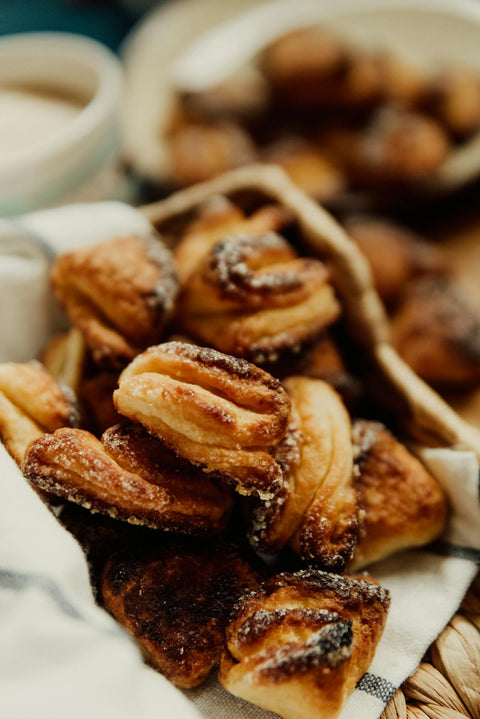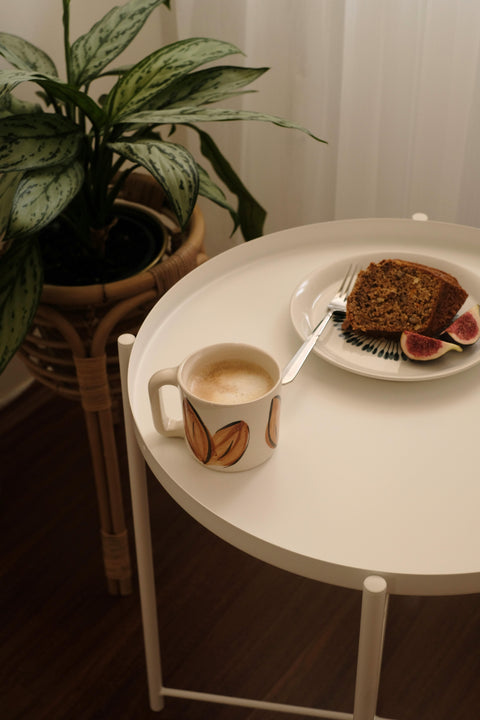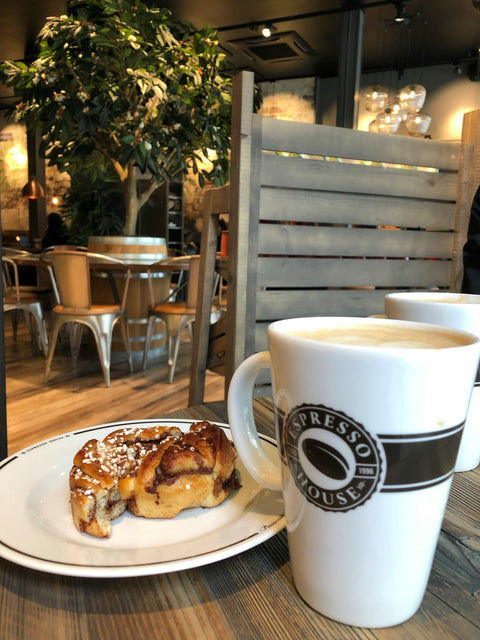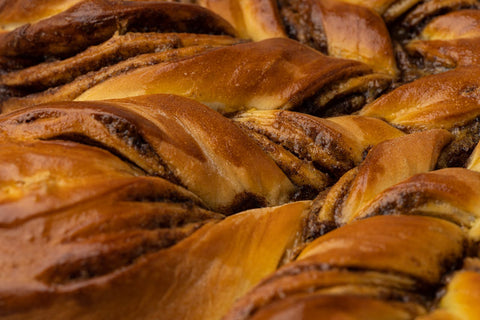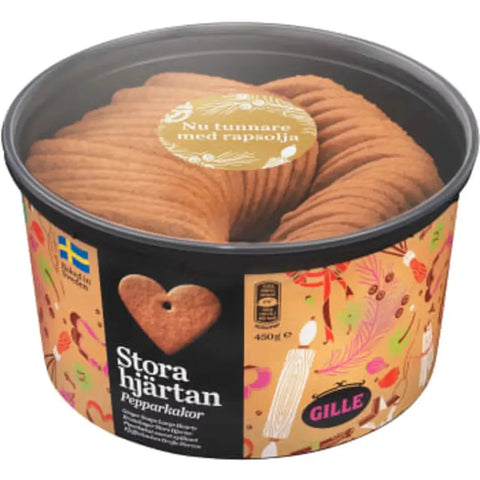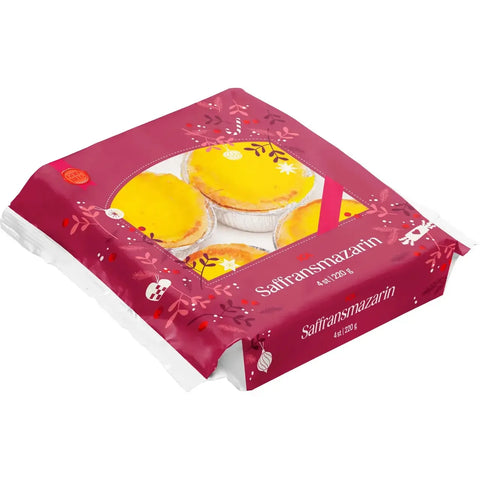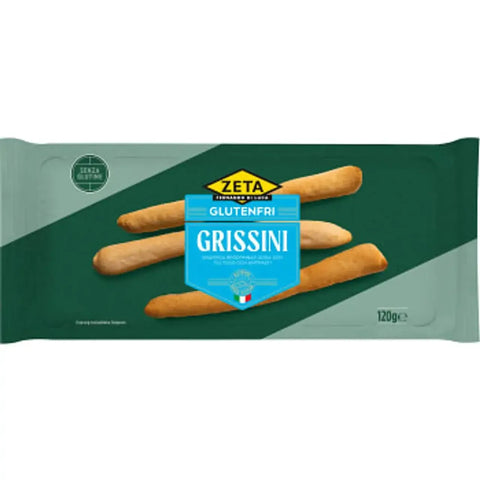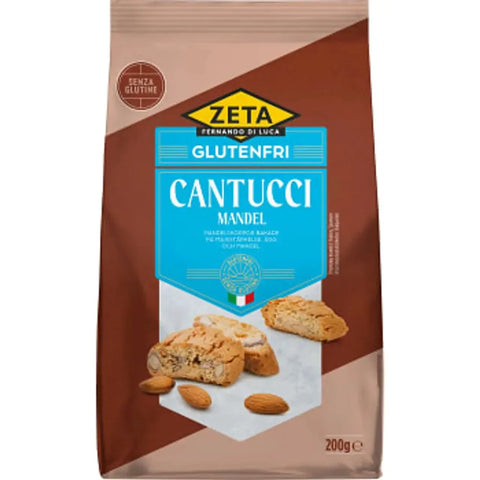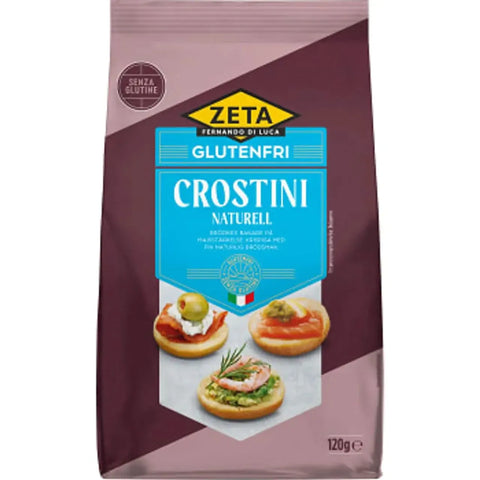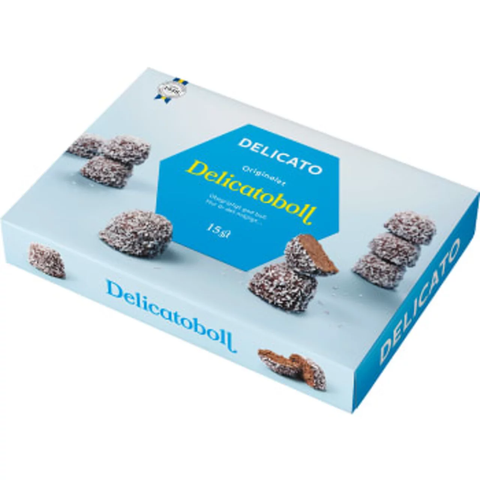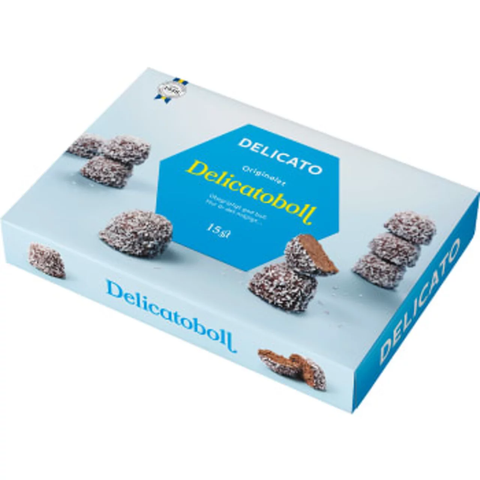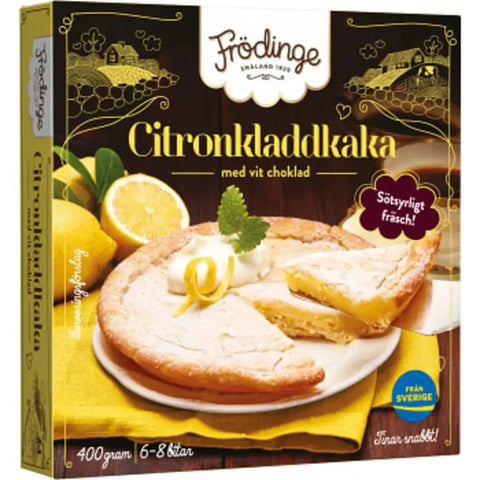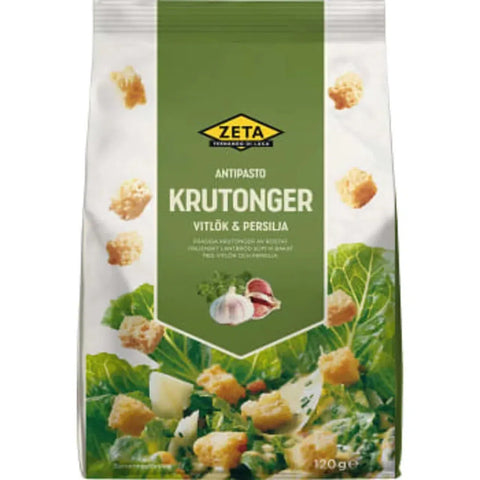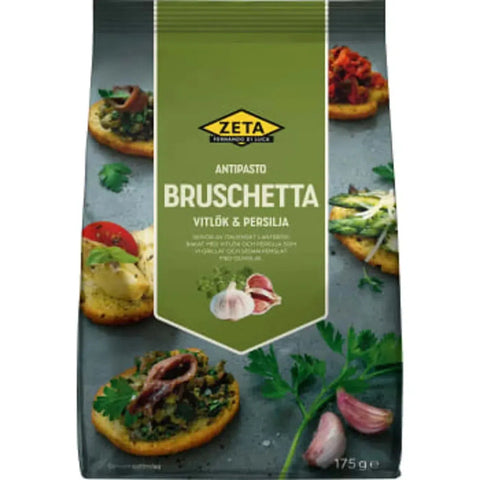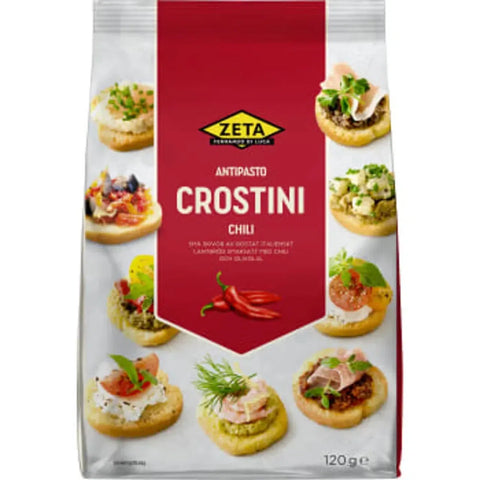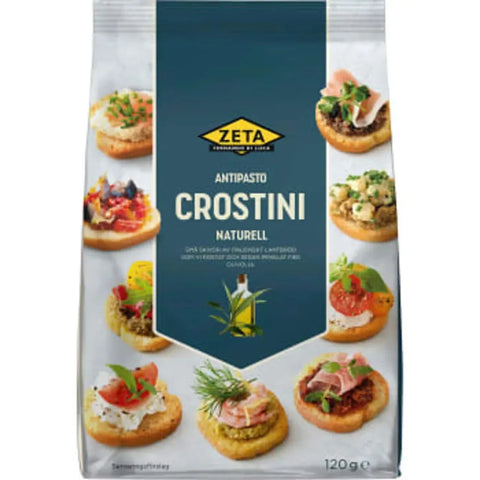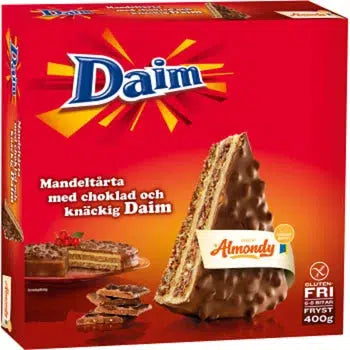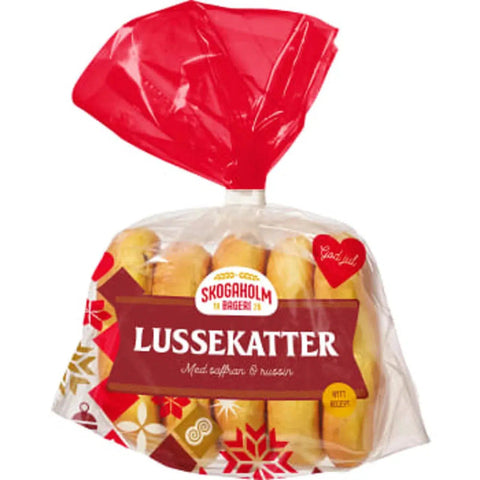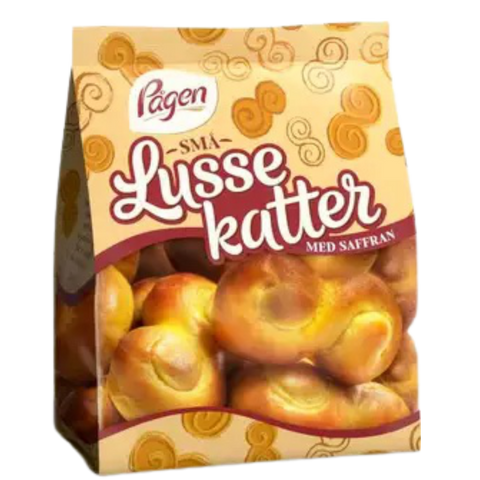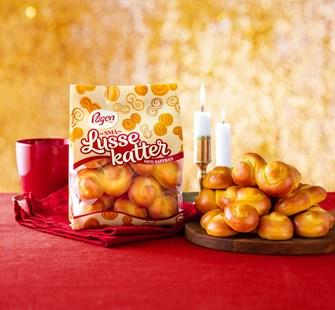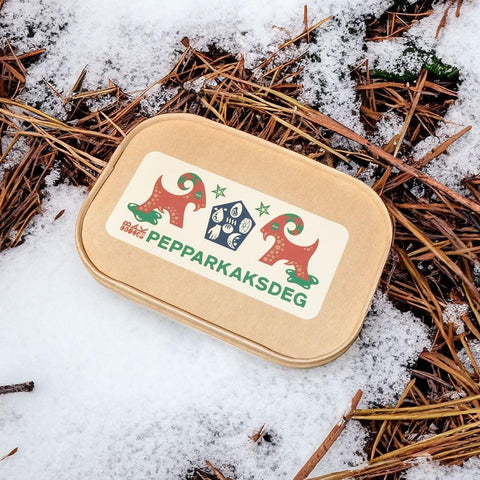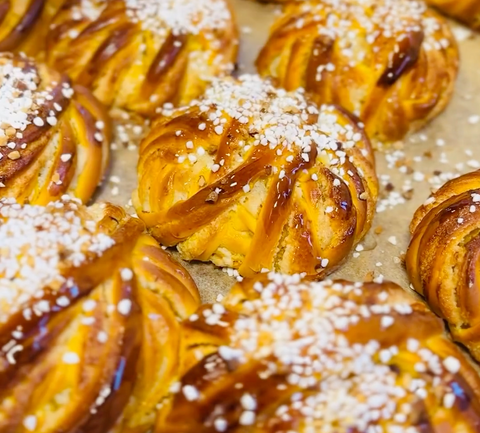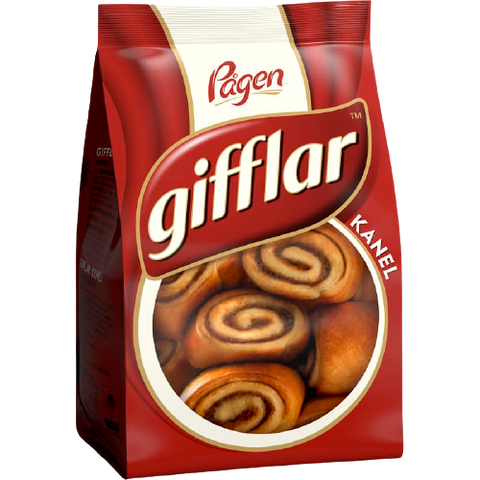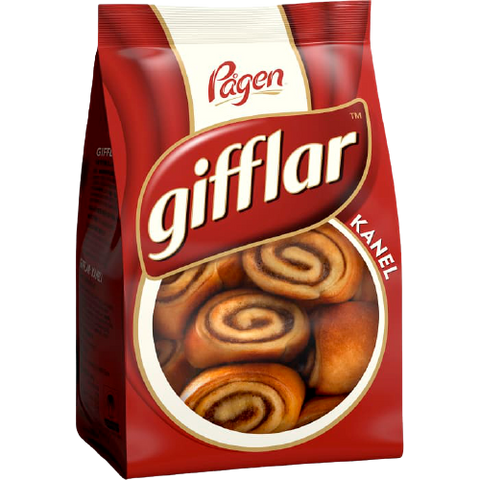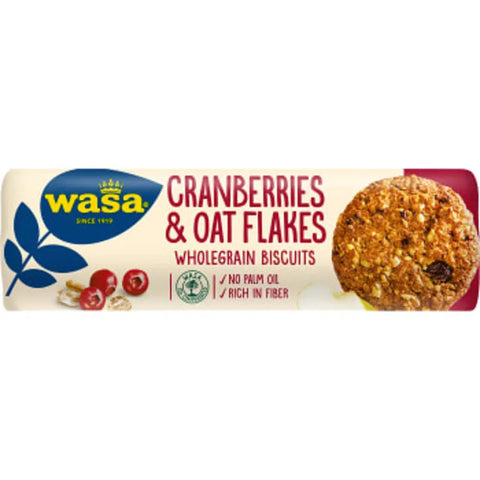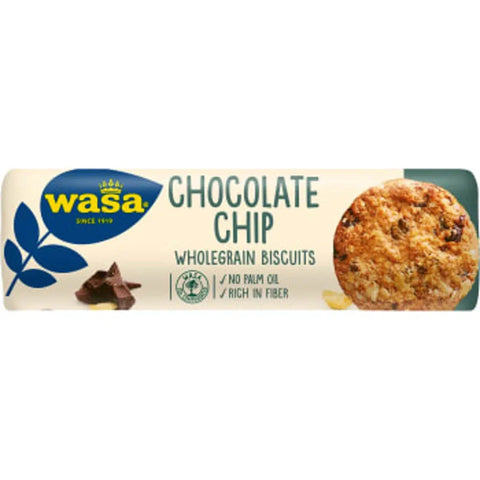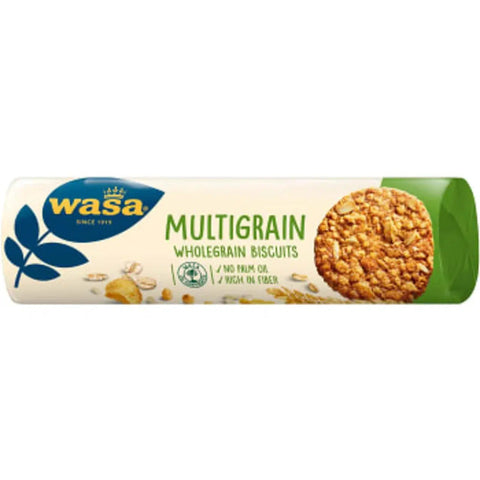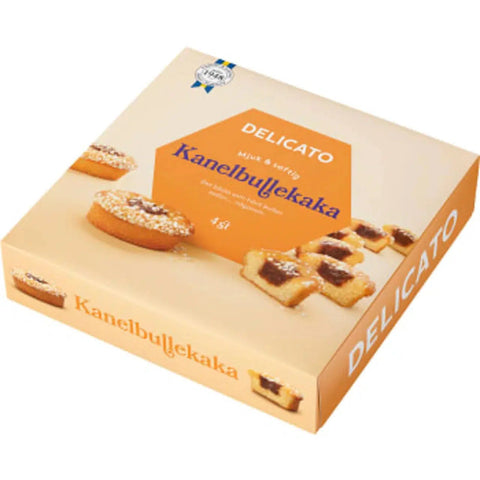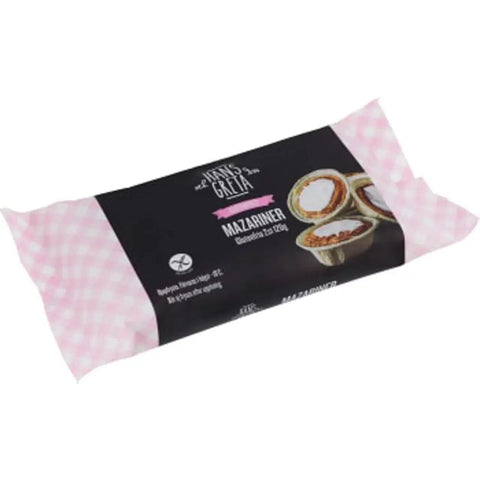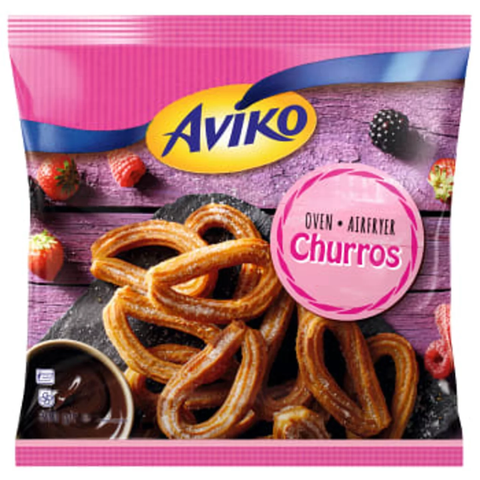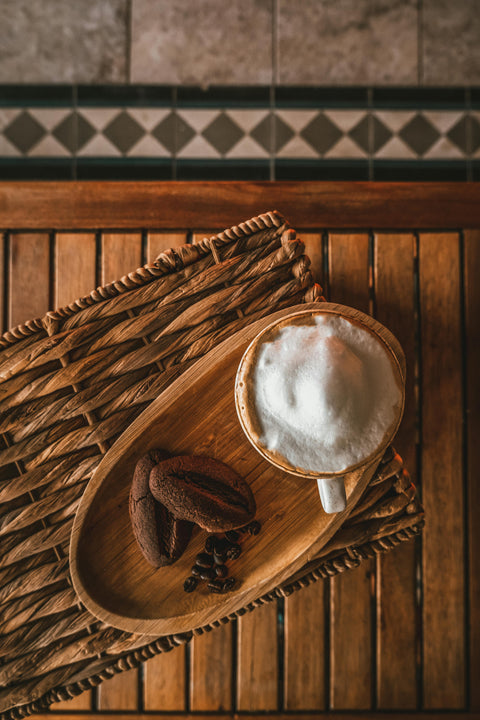

What Happens When Fika Travels?
For many Swedes living abroad, there’s one daily ritual that never gets lost in translation: fika. It’s more than coffee. More than a cinnamon bun. It’s a rhythm — a cultural heartbeat — that Swedes carry with them wherever they go.
And as fika has travelled, it’s evolved.
Welcome to the world of global fika — where cinnamon buns meet croissants in Paris, cardamom rolls are served with Moroccan mint tea, and office coffee breaks in New York become moments of mindful connection, Scandinavian style.
In this post, we explore how Swedes and fika-fans across the globe are reinventing this sacred Swedish ritual in creative, delicious, and community-driven ways — and why fika just might be the cultural soft power the world didn’t know it needed.
If you’re new here, fika is the Swedish practice of taking a break — usually in the morning or afternoon — to enjoy a coffee and something sweet, often in the company of others. But fika isn’t just about food or caffeine. It’s about pausing intentionally. Creating space for connection. Savoring the moment.
In Swedish workplaces, fika is often institutionalized — twice a day, even in corporate settings. But abroad, especially for Swedes living far from home, fika becomes something more personal, more nostalgic, and sometimes, more creative.
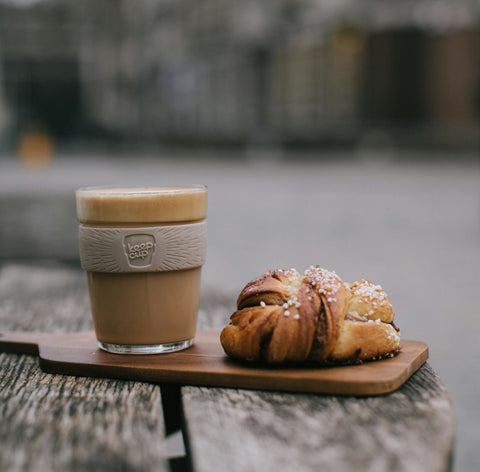
🌍 How Fika Changes Abroad — and Why It Matters
When Swedes leave home, they don’t just pack their passports — they pack fika, too. And in the process, they redefine it to fit new lives, climates, cultures, and contexts.
This isn’t just cute expat nostalgia — it’s a form of cultural resilience. Fika becomes a bridge between worlds:
- A link to home.
- A tool to build new routines.
- A gift to share with others.
Whether it's a group of Swedes recreating traditional fika at IKEA in Dubai, or a solo student in Melbourne sipping Zoégas while studying in a noisy café, fika is flexible — and that’s what makes it powerful.
🍰 What Global Fika Looks Like Around the World
Let’s explore how fika takes shape in different places, one cinnamon-scented variation at a time:
🇺🇸 Fika in the United States: The Coffee-Shop Hybrid
American coffee culture is fast and on-the-go. But Swedes are slowly reshaping that — especially in cities like New York, Seattle, and San Francisco, where Nordic cafés are trending. Places like Fabrique, Ole & Steen, and Sockerbit offer full-on fika experiences.
Swedish expats often gather in homes or coworking spaces to host fika hours with cinnamon buns, strong filter coffee, and Scandinavian jazz. And it’s catching on — more Americans are adopting fika as a way to unplug from hustle culture and reconnect with people IRL.
✨ “My fika in LA is usually with my husband. No phones, just coffee and a semla on our balcony. It’s 15 minutes of peace we protect every day.” – Linnea, California
🇦🇺 Down Under: Fika in Nature
In Australia, where outdoor living is a way of life, fika is blending with beach culture. Swedish expats often bring fika into their picnic kits, enjoying kanelbullar and thermos coffee under palm trees instead of pine trees.
The result? A fika that’s sun-kissed and sandy — but still totally Swedish at heart.
🇩🇪 Germany: Where Fika Meets Kaffee & Kuchen
Germany already has its own coffee-and-cake culture, which makes fika an easy sell. Expats and locals alike often combine the two. It’s not unusual to find Swedish treats side by side with German cakes — a slice of Prinsesstårta alongside a slice of Schwarzwälder Kirschtorte.
✨ “My German colleagues now ask me when it's ‘fika time’ — they love the word, and the idea of pausing for real.” – Elin, Berlin
🇯🇵 Japan: Ritual Meets Ritual
Japan’s tea culture shares fika’s respect for ritual, calm, and aesthetics. Many Swedes living in Tokyo or Kyoto find the two cultures beautifully compatible. They swap cinnamon buns for mochi or matcha cookies, and sip coffee in serene cafés where silence is part of the experience.
🇨🇭 Switzerland: Fika With a View
For Swedes in Switzerland, fika is often a post-hike affair. After a trek through the Alps, it’s not unusual to pull out a thermos of hot coffee and a neatly packed bullar — enjoyed on a mountain bench with panoramic views.
✨ “There’s something magical about fika after physical effort. The fresh air, the quiet. It’s almost spiritual.” – Johan, Zurich
💬 Stories From the Global Fika Community
At Swedishness, we hear from fika-lovers around the world every week — here are a few of our favorite messages from customers and fans:
🗣️ “Fika is how I teach my kids about being Swedish — it’s our little daily tradition, even here in Barcelona.”
🗣️ “In Brazil, I found a café that serves cinnamon rolls. I go every Wednesday after work. It’s my Swedish reset button.”
🗣️ “We fika on Zoom! My family is in Stockholm, I’m in London — we sip, eat, and chat. It’s perfect.”
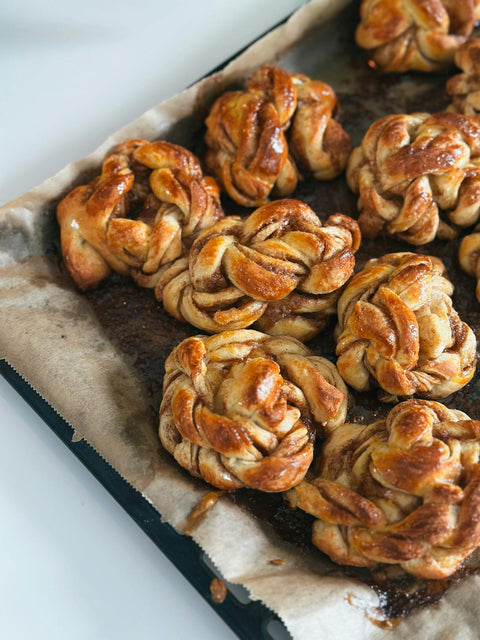
🧁 Recreate Fika Wherever You Are
Want to start your own fika abroad? Here’s how:
Create a fika corner in your home or office — a spot that signals pause and comfort.
Stock up on essentials like cinnamon buns, cookies, coffee, or your local twist.
Set a regular time — mid-morning or 3 PM fika are classics.
Unplug. Put your phone away.
Share it — with colleagues, friends, family, or just with yourself.
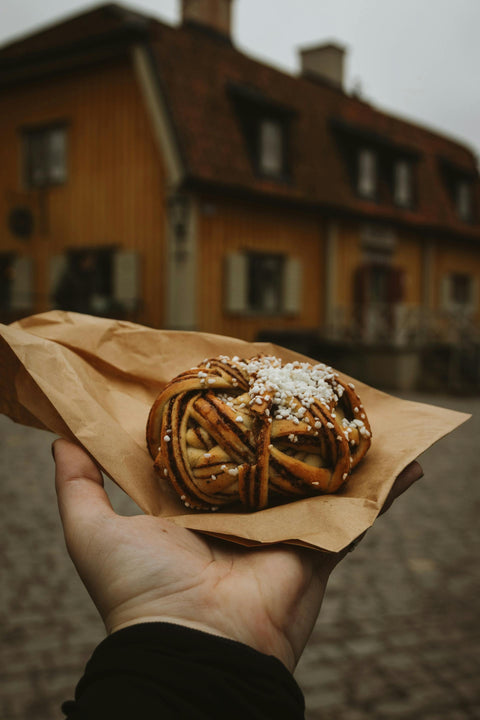
✨ Final Sip
In a fast-moving world, fika is a gift — a quiet act of rebellion against busyness, stress, and distraction. And the fact that it’s now popping up in cafés, coworking spaces, kitchens, and parks across the globe?That’s proof: Swedish culture travels well. And fika — humble, sweet, and powerful — is leading the way.Wherever you are, whatever you do, remember: you don’t need to be in Sweden to fika.Just take a break. Pour a cup.And let the world slow down for a little while.

